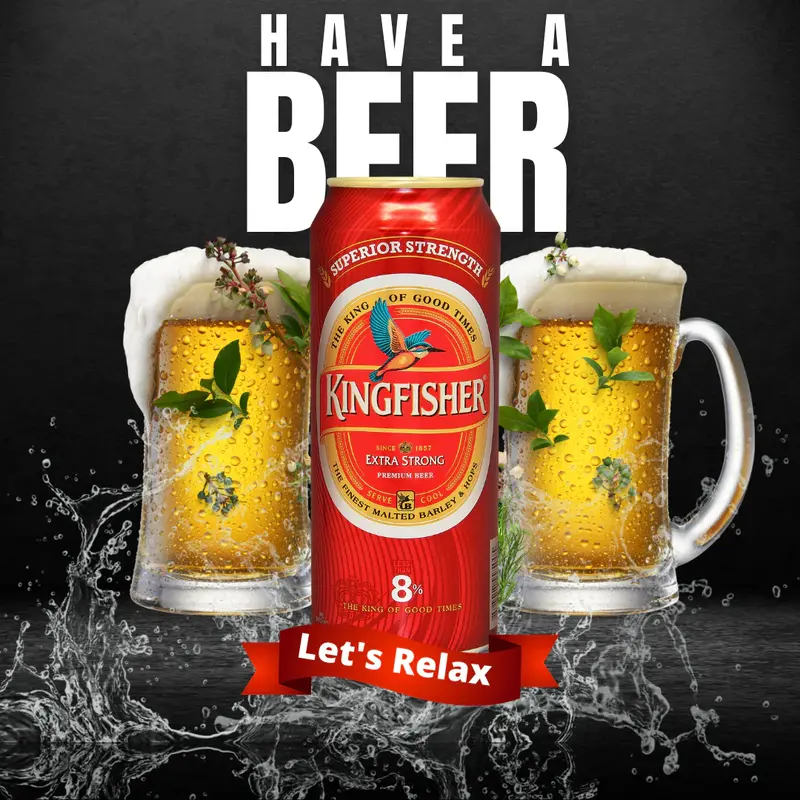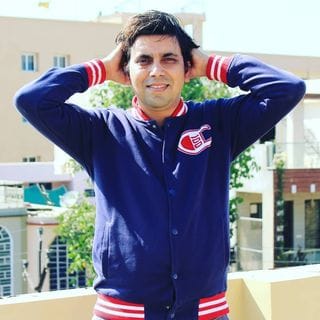Vijay Mallya, once known as the “King of Good Times,” is one of India’s most talked about and controversial business tycoons. His story is one of success, glory, bad decisions, and fleeing the country amid allegations of a massive bank fraud. This story is not only interesting but also has many lessons hidden in it.
The Legacy of Vittal Mallya
Vijay Mallya’s story begins with his father, Vittal Mallya. Vittal Mallya was a hardworking and savvy businessman from Karnataka. In the 1940s, he learned to analyze financial statements of companies and made good profits from the stock market. Next, he focused on United Breweries (UB), a group of liquor companies established in India by the British government.
In 1948, at the age of just 24, Vittal became the chairman of UB. Using UB’s profits, Vittal bought several liquor companies and also expanded into areas such as processed food, chemicals, and investments.
By 1981, he had built a business empire worth ₹350 crore. However, despite so much success, Vittal Mallya valued simplicity and hard work. Unfortunately, his dedication to work took a toll on his health, and in 1983, at the age of just 59, he passed away.
Rise of Vijay Mallya
At the age of 27, Vijay Mallya took over his father’s legacy. Unlike Vittal Mallya, Vijay was fond of pomp and partying. He soon came to be known as a “party animal,” which made many senior managers of UB doubt his leadership.
However, with the support of majority shareholders, he became the company’s chairman. Vijay was desperate to prove himself. He ventured into other areas besides liquor.
He started a fast-food chain called McDowell’s Pizza King, but the business failed because of Mumbai’s famous dabbawalas. He also launched a cola brand called Thrill, but consumers did not like it, and it was discontinued.
Over the next two decades, Vijay also ventured into sectors like engineering, software, hospitality, and telecom, but most of the attempts were unsuccessful. He also sold off several successful businesses founded by his father, such as Berger Paints, which is today a company worth over ₹50,000 crore. However, despite these setbacks, one major success kept him afloat—his liquor business.
Beer, Bollywood and the game of branding
Vijay Mallya’s biggest success? It was the brilliant rebranding of Kingfisher beer, which not only changed the market but also won the hearts of the youth.
In the 1980s, Kingfisher was lagging behind Mohan Meakin’s Golden Eagle. But Vijay realized that no beer brand in India was targeting the youth. And then what? He changed the logo of Kingfisher! He made the black-and-white logo colorful and showed a bird flying on a beer.

This new logo reflected energy, freedom, and the spirit of youth. And the slogan? It became a hit—”The King of Good Times.” The slogan became so popular among the youth that Vijay himself started being called the “King of Good Times”!

But Vijay didn’t stop there. He also took full advantage of the emerging pub culture in India. In the 1980s, Bangalore became the pub capital of India. And Vijay? He introduced Kingfisher draught beer in these pubs, which became an instant hit.
This beer became a symbol of style and class among the youth. Vijay further glamorized the brand by sponsoring events like derbies, football matches, and fashion shows.
But the most talked about was the Kingfisher Swimsuit Calendar, which featured Bollywood divas like Deepika Padukone, Katrina Kaif, and Esha Gupta. Kingfisher calendar was shot by famous photographer Atul Kasbekar.

Atul Kasbekar had told in an interview that to become a Kingfisher model, apart from looks, it is important to have a toned and fit body. The height of the model should be 5 feet, 8 inches or more. It does not matter whether the complexion is dark or fair. Girls with long legs were given priority.
The calendar not only became a symbol of the brand but also made Kingfisher a lifestyle brand among the youth.
By 2004, the UB Group had become the fourth largest liquor company in the world. Vijay’s marketing strategies, like surrogate advertising (promotion of liquor through soda and bottled water), created a stir in the market.
He also expanded his whisky portfolio tremendously, which included brands like Royal Challenge, Black Dog, and Antiquity.
Vijay made liquor not just a drink, but a lifestyle. And that was the reason why he became the “King of Good Times.” But this journey did not last forever.
Kingfisher Airlines
In 2005, Vijay Mallya decided to enter the aviation industry and founded Kingfisher Airlines. His goal was to create a world-class airline that offered amenities such as in-flight entertainment, gourmet meals, and stylish uniforms. However, the airline’s business model was flawed.
High operating costs, price-sensitive Indian customers, and the rise of low-cost carriers such as IndiGo and SpiceJet put pressure on Kingfisher. The global economic crisis of 2008 worsened the situation, leading to a sharp drop in passenger numbers and rising fuel prices. By 2012, Kingfisher Airlines was mired in debt and eventually shut down.
Debt and bank frauds
To run Kingfisher Airlines, Mallya borrowed heavily from banks. In 2009, he took a loan of ₹950 crore from IDBI Bank, pledging the Kingfisher brand as collateral. Despite the airline’s poor financial condition, banks gave him more loans. In 2010, a consortium of 17 banks gave Mallya another loan of ₹1,355 crore and converted the old debt into equity shares.
However, the decision proved to be wrong, as Kingfisher’s debt reached ₹7,000 crore, and Mallya was declared a wilful defaulter.
While Mallya was basking in luxury, his employees were struggling. Over 3,000 employees of Kingfisher Airlines did not receive salaries, and many even committed suicide. This is a story of not just a business failure but also of human suffering.
In 2015, the CBI began investigating Mallya and found that he had misused a loan taken from IDBI Bank. Some of the money was used to repay old loans, while some was used to buy properties abroad.
In December 2015, Mallya celebrated his 60th birthday in Goa with great pomp, spending ₹14 crore. Just a few months later, in 2nd March 2016, he left India for the UK. He is accused of a bank fraud of over ₹10,000 crore, which is biggest bank fraud in India.

About the Author
Manish love to write and he is a Civil Servant. Users can follow Manish on Instagram ![]()
Who is Lauren Sesselmann ? Beautiful Soccer Player
Lauren Marie Sesselman. She is so beautiful, but more than beauty, she is a talented…
10 MYSTERIOUS PLACES AROUND THE WORLD, WILL HAUNT YOU !
MYSTERIOUS PLACES around the world are covered with mysterious secrets, and these secrets make these…
Countries where there are no trains !
Even though India has the largest railway network in the world, there are still countries…
AMAZING JEANS HISTORY THAT EVOLVED OVER THE PAST CENTURY
Jeans are so normal, and we are all used to it around the world. But…
19 Surprising Most Difficult Philosophical Questions to Answer
Sometime Philosophy is to answer the most difficult philosophical questions, and sometimes it is the…
How to improve the condition of the lips and restore their shape ?
Hello there, beautiful! Are you worried about your lips getting thinner and losing their vibrancy?…





